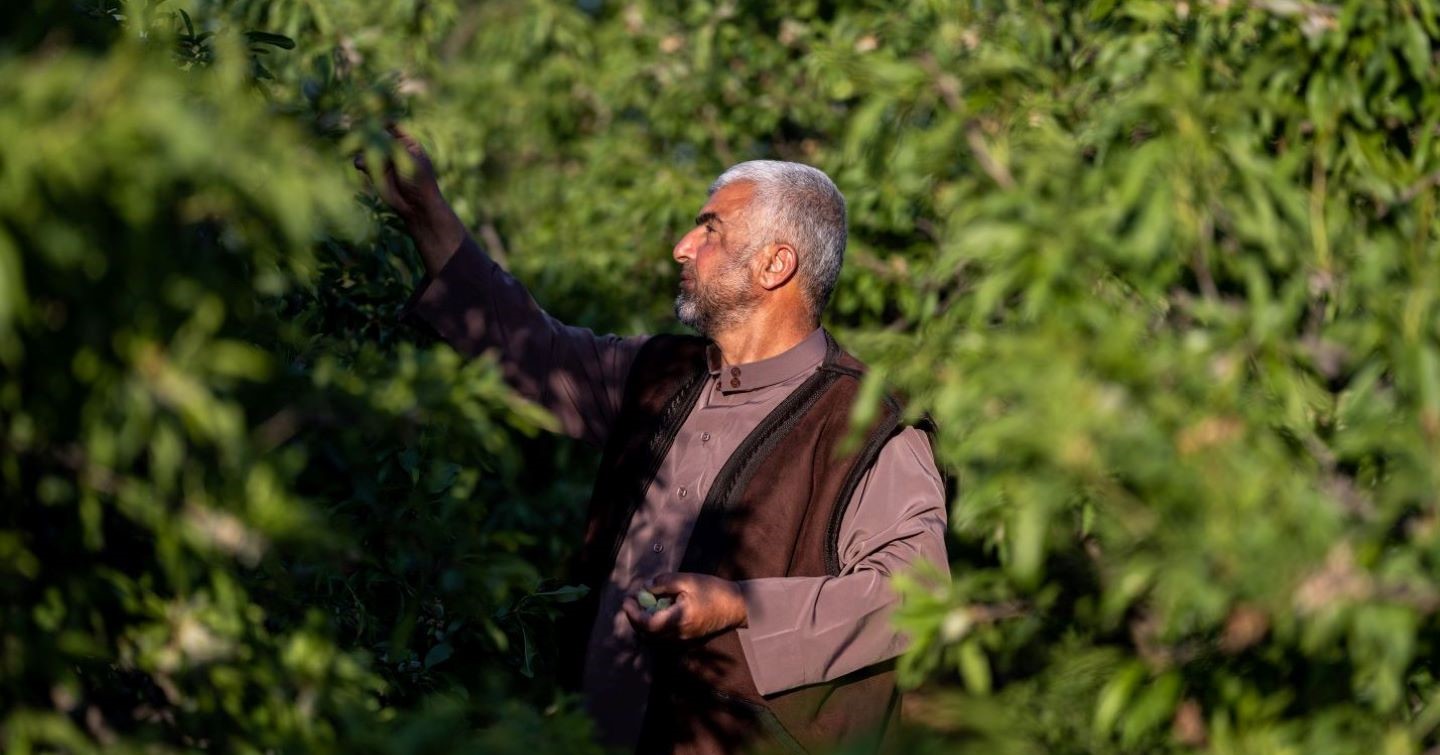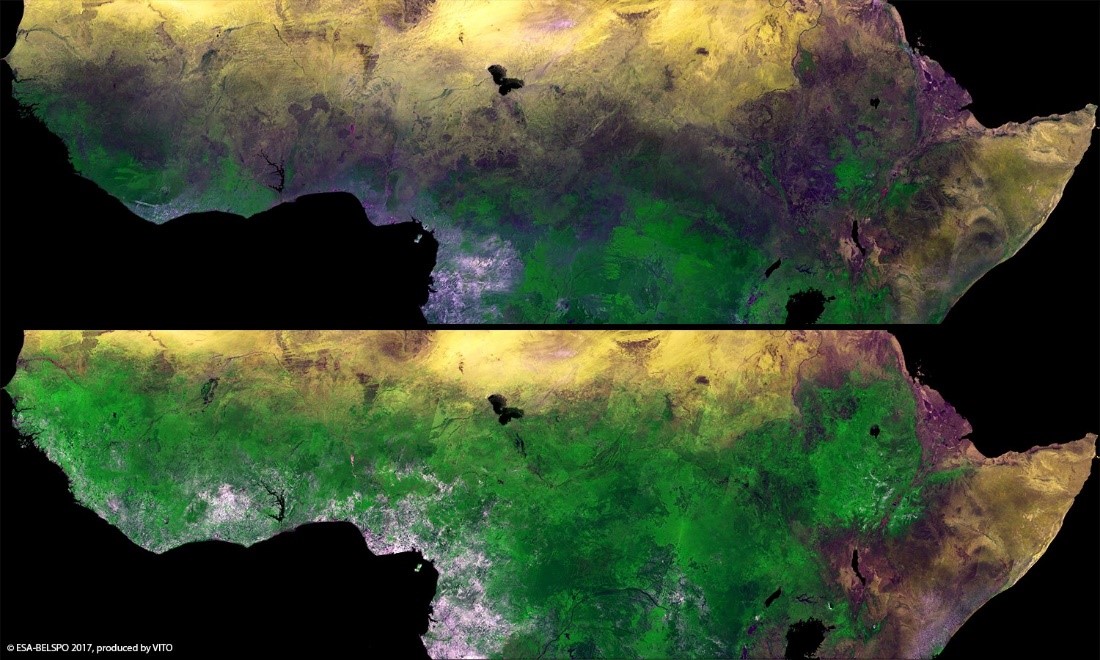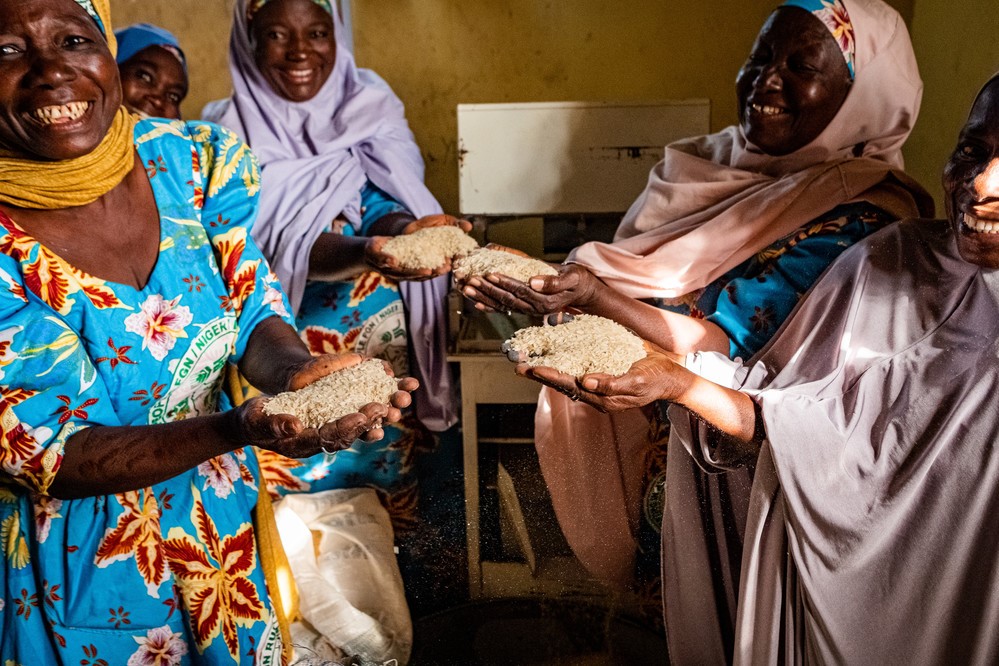Debunking three myths about rural people and the environment
IFAD Asset Request Portlet
Asset Publisher
Debunking three myths about rural people and the environment
Estimated reading time: 3 minutes
Around the world, rural people are experiencing the harrowing effects of climate change and environmental degradation. Whether it’s fertile fields turning to desert, or storms that devastate entire communities, our planet is changing.
Amid all this change, misconceptions can become rife. We debunk three myths when it comes to rural people and the environment.
MYTH: People are always the problem
REALITY: Rural people are part of the solution

Humans and nature can successfully coexist—and have been doing so for hundreds of thousands of years. Rural Indigenous Peoples, with their intricate knowledge of their local territory, are proof that the relationship between humans and Mother Nature can be mutually beneficial.
Take, for example, the indigenous communities of the Philippines’ Cordillera region who protect over 44,600 hectares of land by increasing soil fertility, diversifying forest cover and reducing soil erosion.
Many of the solutions to the world's problems lie in the natural world. Yet, instead of listening to those who know most about it—and who are experiencing first-hand the effects of environmental degradation—too often they are driven from their lands which are then exploited. Like in the Amazon rainforest where members of the Yanomami community are at risk of losing their lands and traditions to a wave of illegal gold miners and loggers.
IFAD is part of one of the world’s most ambitious land restoration projects, the Great Green Wall, holding back the edges of the Sahara Desert. This envisages a beautiful mosaic of wilderness, forests and farmland, in which rural communities are essential partners in restoring ecosystems while reviving local economies so people and the natural world can flourish together.
MYTH: Climate change is making rural areas unliveable
REALITY: Rural people are at the frontlines of the climate crisis, but they can adapt with the right investment
It's true that the poorest people—who overwhelmingly live in rural areas—are hardest hit by the climate crisis.
But it's not too late to limit climate change effects by reducing greenhouse gas emissions and preventing the degradation of the natural environment. To do this, we need to make the right investments.
IFAD’s ASAP+ programme aims to mobilize US$ 500 million in climate finance to help more than 10 million rural people adapt to change.
It’s helping small-scale farmers in Egypt and Niger adjust to drier conditions by irrigating sustainably. In Rwanda and India, solar-powered irrigation reduces greenhouse gas emissions and enables women to produce more food.
MYTH: We must choose between producing enough food and protecting the environment
REALITY: We can feed the world sustainably
The Green Revolution in the late 1960s greatly increased food production and is estimated to have saved millions of people from starvation. But this came at the cost of environmental and climate impacts. Industrial farming and heavy fertilizer and pesticide use reduced crop diversity and increased the degradation of natural resources.
But the truth is, we don’t need to choose between producing enough quality food and limiting climate change. There is enough food to feed everyone on the planet, yet many cannot access it due to conflict, climate change, gender inequality and food waste.
Smallholders already produce a third of the world’s food. They also have greater biodiversity than larger farms, which not only protects nature but also helps limit greenhouse gas emissions.
That’s why IFAD works to create more sustainable food systems by investing in the small-scale farmers who hold the keys to feeding the world.

This includes techniques like agroecology to help farmers produce more while conserving resources. In Nepal, farmers have used permaculture to transform barren fields to lush landscapes that produce more with less.
With 14 per cent of the food produced never reaching consumers, IFAD helps farmers prevent food loss through better storage, packaging and food processing.
Investing in rural people is the most direct investment in a sustainable future – where everyone gets enough nutritious food to eat, without destroying our planet.
Publication date: 05 June 2023